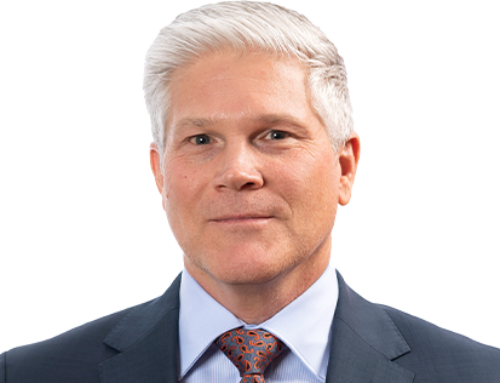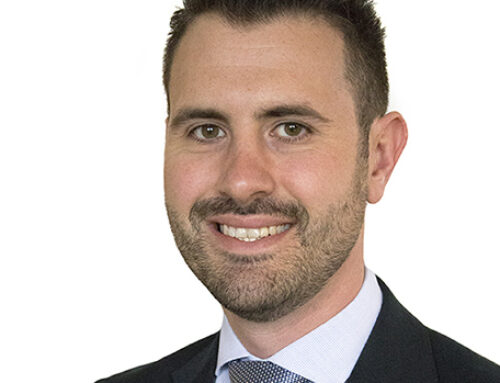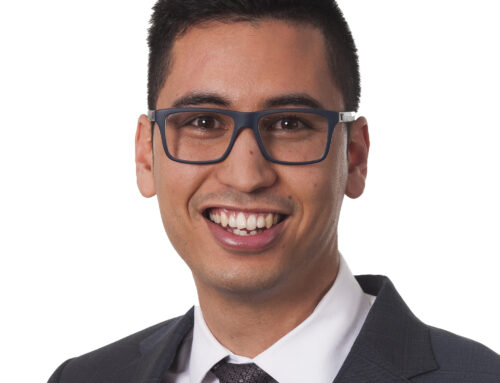Why fire engineering?
I initially joined the NDY fire engineering team straight out of university based on being recommended by a university colleague (Lisa Kelly who is now the Melbourne office manager). Having little knowledge of what fire engineering was, my contract was only for 3 months to assist with a high workload in the team. I really enjoyed the work and variety of problems we were required to solve. Luckily for me, the 3-month contract turned into a permanent one and from there I was keen to pursue fire engineering as a career.
What’s the trickiest problem you’ve solved?
The trickiest problems I’ve solved are generally associated with projects where I’ve not been involved in the initial design or project team. Picking up a project and trying to get up to speed with the design history, project team, approvals and brigade consultation is always very difficult.
Often these projects also have time pressures due to design changes and construction programs which add complexity due to the stakeholder engagement required.
What’s an engineering myth you’d like to debunk?
What was done on one project is able to be applied on all projects through performance based design. This isn’t true.
We often hear ‘we did it on X which is exactly the same as this’, or ‘we do this on every job’. However, when we look into the issues in more detail, we often find things are very different. Sometimes the differences are minor but have major impacts. This could include changes to the codes or different project objectives.
However, the main discrepancy is the interaction with other project solutions. These solutions are all unique, depending on the project’s particular elements and issues.
What do you do outside of work that helps fuel your creativity and commitment to engineering?
I think my kids help with this. I always try to get them to question how things work or what they would do to solve problems. Their answers, and often their questions, ensure that I keep an open mind on how things could be done differently and continually assess the traditional approach.
What professional relationships do you value the most?
I value relationships that involve mutual respect of each other’s skills, experience and opinions, even if they sometimes differ. Having discussions about different perspectives and acknowledging that there are often multiple ways to approach a problem is a great way to see things in a different way which often leads to a better outcome for the project.
What does Making Spaces Work mean to you?
As a fire engineer, through our performance-based approach, we’re able to develop spaces which:
- look the way the architect wants them to
- are able to be built by the builder in an efficient manner
- maximise flexibility for the building owner
- provide the optimum experience for the end user.
In a prescriptive approach to building design, there’s often one, or more, of the above that’s compromised. It has to be said that there’s not always a solution that meets every requirement in full but, as fire engineers, it’s our job to work with the design team to deliver a building that optimises the requirements of the space and this can only be done with collaboration.
So, to me, Making Spaces Work means collaborating so that we understand the individual drivers of the project and how we can do our part in the design to realise those objectives.










